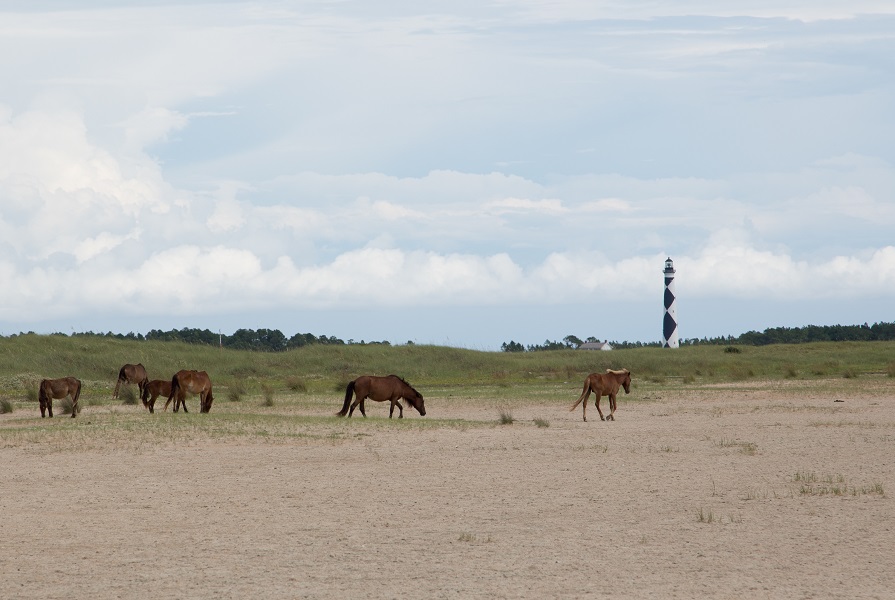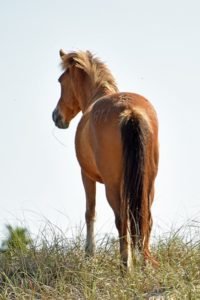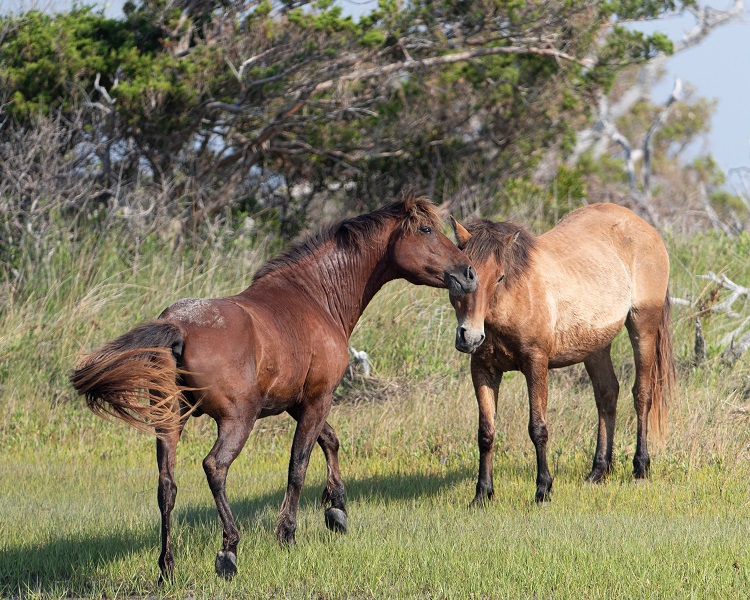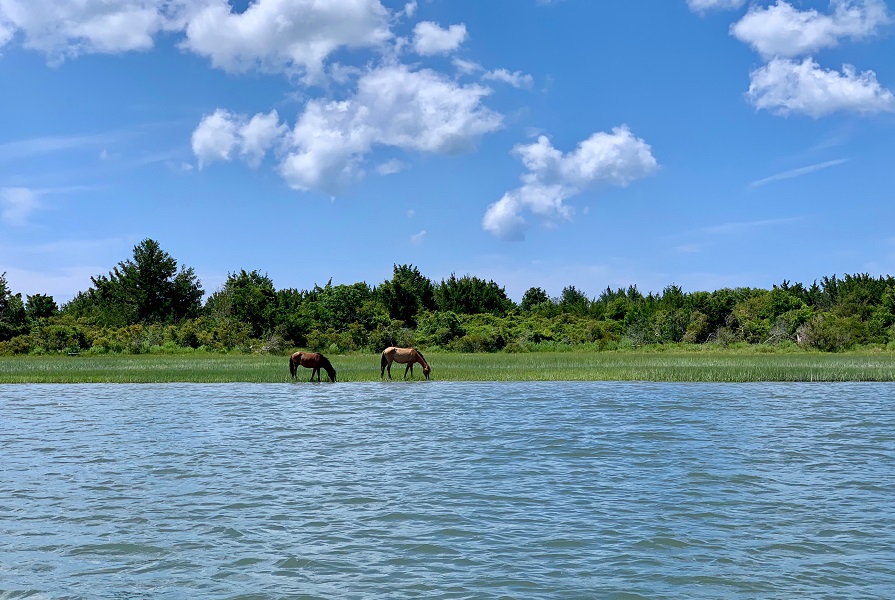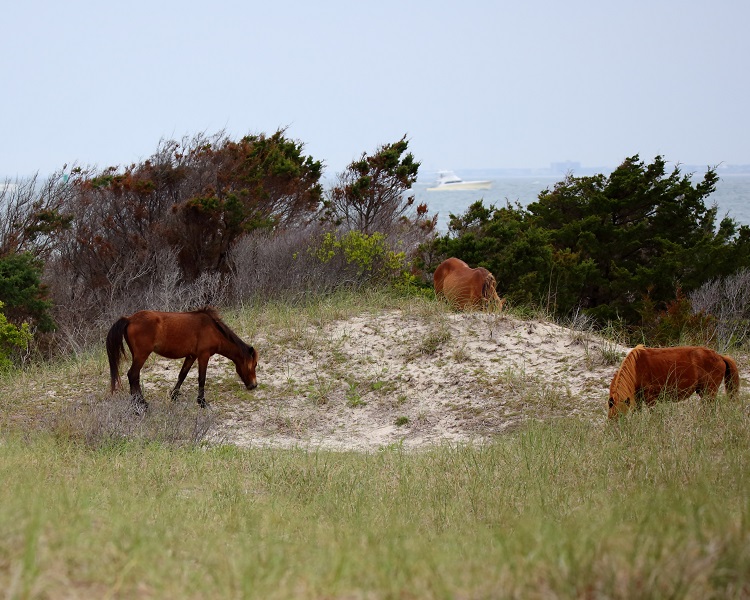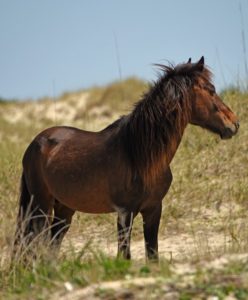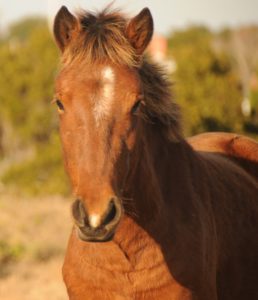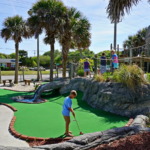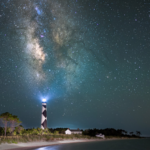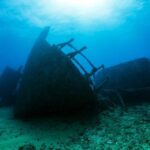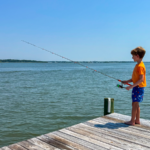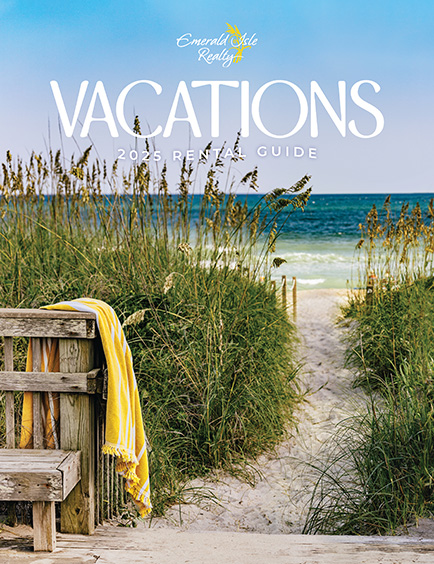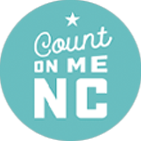One of the allures of the southern Outer Banks are the wild horses of Shackleford Banks. These majestic creatures are truly a sight to see as they roam the shoreline and take shelter in the maritime forests of this remote island. Below are answers to some of the most frequently asked questions about these wild horses that roam North Carolina’s Outer Banks.
What beaches or islands in North Carolina have wild horses?
Wild Spanish mustangs have roamed North Carolina’s Outer Banks for nearly 500 years. The largest herds of these wild horses can be found at each end of the Outer Banks – Corolla to the north and Shackleford Banks to the south. Smaller groups can be found on both Ocracoke Island and Rachel Carson Reserve, which includes Carrot Island.
How many wild horses live on Shackleford Banks?
There are estimated to be anywhere from 110 to 130 wild horses roaming free on Shackleford Banks, which is part of Cape Lookout National Seashore. A much smaller herd of around 30 wild horses reside on Rachel Carson Reserve.
Where did the horses on Shackleford Banks originate from?
The wild horses of Shackleford Banks were brought to North America by the Europeans during times of exploration. How the horses ended up on Shackleford Banks though, remains disputed. Some believe that the horses are descendants of the horses that survived shipwrecks during the 16th century. Others believe that the horses were released to lighten loads by Spanish ships that ran aground. Whichever theory you believe, one thing is for sure, those horses made their way to the islands of what is now the Cape Lookout National Seashore.
These herds are genetically different from those such as the western mustangs and paints found in the southern regions of the United States. The genetics of these wild horses have been traced back to horses from Spain. The only other area in the United States where mustangs with this same genetic makeup can be found is an isolated area within Montana’s Pryor Mountains.
Who manages the wild horses on the island?
Federal regulations have been strict in ensuring that these horses remain wild and have little to no interactions with people whatsoever. Feeding, touching, teasing or frightening the horses, or any other wildlife at Shackleford Banks is illegal and could disrupt the herds’ wellbeing.
What’s life on Shackleford Banks like?
Like other wild horses along the Outer Banks, Banker horses, often referred to as Banker ponies, group together to form different bands and harems. A calf will typically roam with a harem which consists of its “dam” or mother, other mothering mares and a stallion as leader. Once the calf is old enough, it may leave and join another harem or start a band (no pun intended).
To keep the population on the island healthy and thriving without disruption, wildlife biologists will issue contraception to mares to ensure their healthy development and overall stability of population (about 100 horses).
How much does a wild horse eat a day?
Completely self-sustained, the wild horses of Shackleford Banks feed on a variety of grasses and vegetation found in the marsh and dunes.
How do wild horses get water?
The Shackleford Banks horses do not drink salt water. Fresh water from under the barrier island fills surface pools that the horses drink from.
How do you get to Shackleford Banks?
Shackleford Banks is the southern-most barrier island in the Cape Lookout National Seashore and is only accessible by ferry or boat.
What’s the best way to view the wild horses?
Because the horses are wild, you should always stay a safe distance away. The horses could bite, kick or charge if they feel that their space is being invaded or if they feel cornered. Use of binoculars or zoom lenses are the best way to get a closer view of the horses without putting yourself in harm’s way. These horses have been known, although rarely, to approach visitors. The horses typically keep to themselves and stay occupied along the dunes and marshes.
Tips for Viewing the Wild Horses Safely
- Watch the horses from a distance of at least 50′ away (the length of a big bus).
- Use binoculars or zoom lenses for close-up views or to take pictures.
- Keep your guard up. Pay attention to where all the horses are at so that you can see them in one glance.
- Do not interact with the horses in any way.
- If a horse should approach, back up.
- Do not feed the horses or leave any food behind that you bring with you.
- Keep pets on a leash.
When is the best time to see the wild horses of Shackleford Banks?
There is no “best time” to catch the horses out in the open. However, horses in general tend the graze during cooler temperatures of the day (morning, evening).
Wild Horse Activities You Can Do at Home
- Download and print coloring pages of the wild horses.
- Download this FAQ to learn even more about the wild horses of Shackleford Banks.
- Watch this National Geographic video about the wild horses of the Outer Banks.


